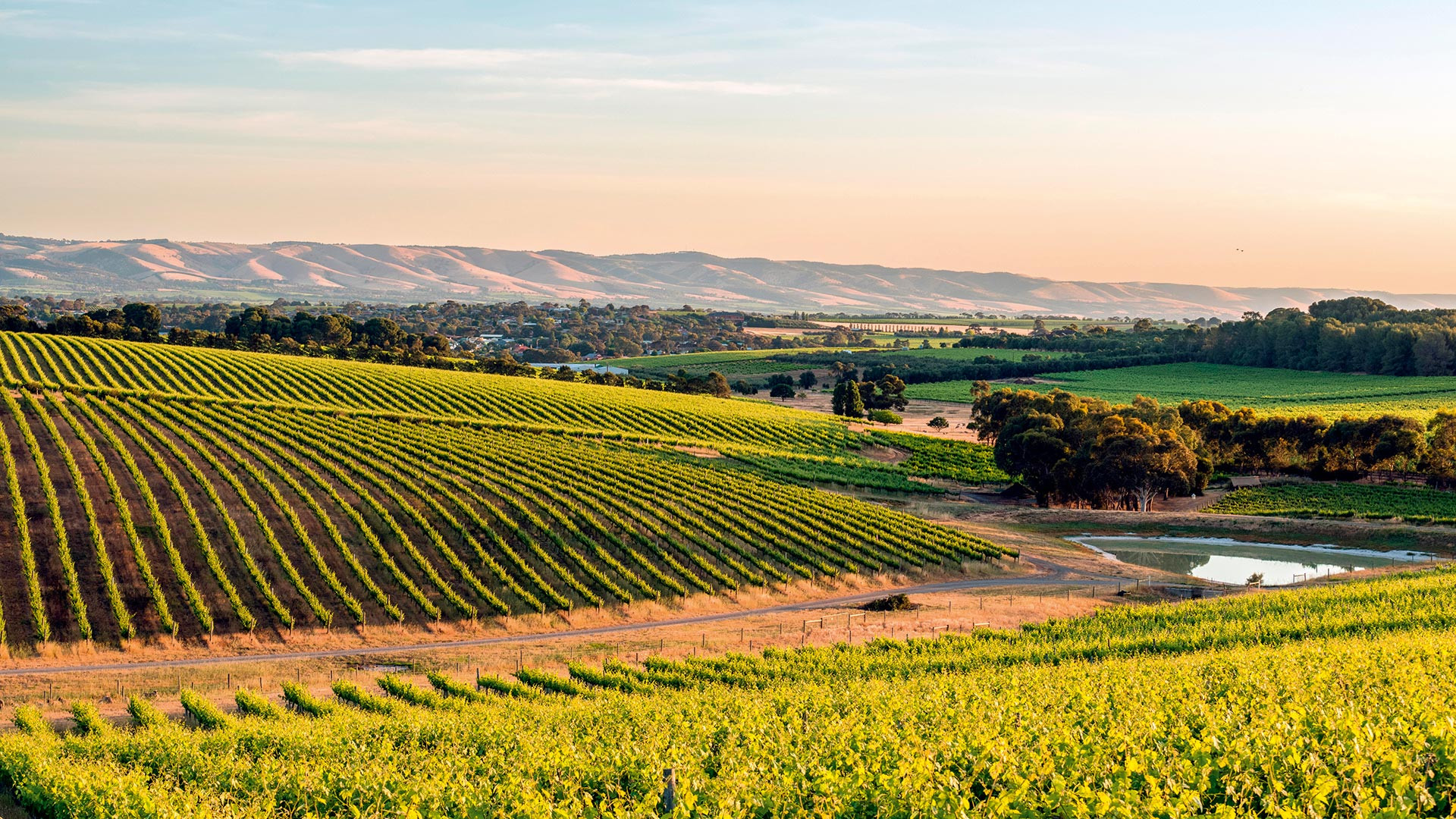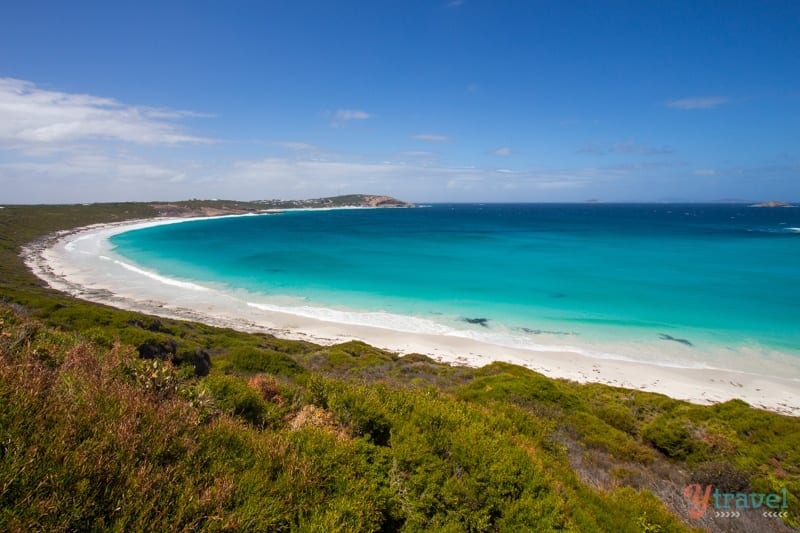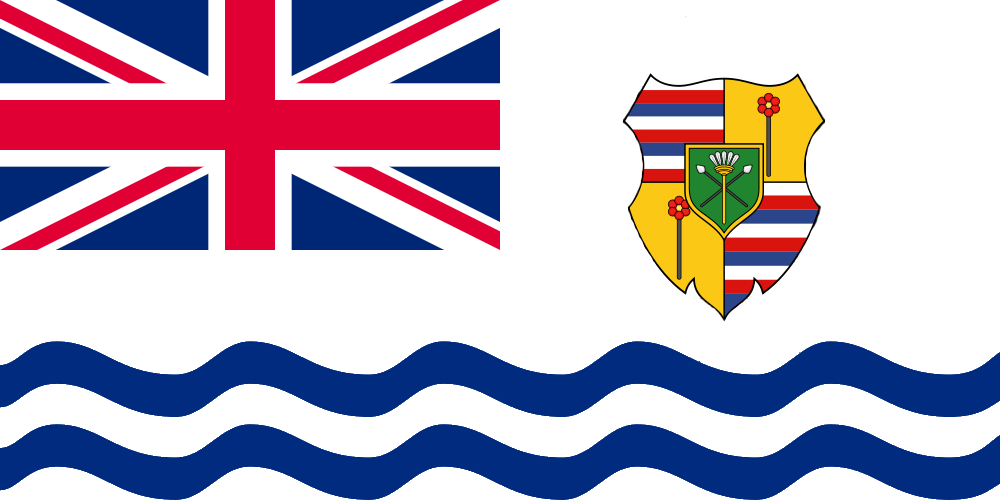My next update is gonna be on South Africa, do any of you guys have ideas (particularly
@JonasResende and
@pompejus)?
I have recently returned from a holiday, so I am afraid I did not pay a lot of attention.
What were the most populated areas of South Africa around 1800?
I would say that would be the Cape area, think Western Cape area
What I suspect is that without an English occupation of South Africa, there would be significantly less reason for the Boer trek. I suspect that most people would remain closer to the Cape, instead of founding the Boer Republics and if they do move into that area, they would not found new republic, but remain part of the central government, not unlike the American settlement of the west. I think they might open the borders to settlers, but mainly protestant settlers. Probably mostly Dutch, German (and Swiss) and Scandinavian. Possibly British protestants would be welcome too, but I suspect most would go for British colonies.
Something like Apartheid is probably inevitable. It is something you see in all settler colonies. Personaly I believe that American Indians and Australian Aboriginals were treated at least as bad as the native African population was in South Africa. That said, it could be very different OTL apartheid. Especialy without a Boer trek to extend the Cape colony as much as OTL
Not sure what would happen when they meet people like the Zulu. That said, I could see the British or French actualy trying to colonise Natal. Either of them would want a refueling station to reach their Asian colonies and Natal is probably the easiest free place for it.
Without the British influence, the language will probably remain Dutch, especialy if more Dutch settlers come in. Afrikaans would probably seen as a Dutch dialect. Compare American English with British English.
Personaly I always liked the idea of Southerns, as in the south African variant of the Western movie/novel.


